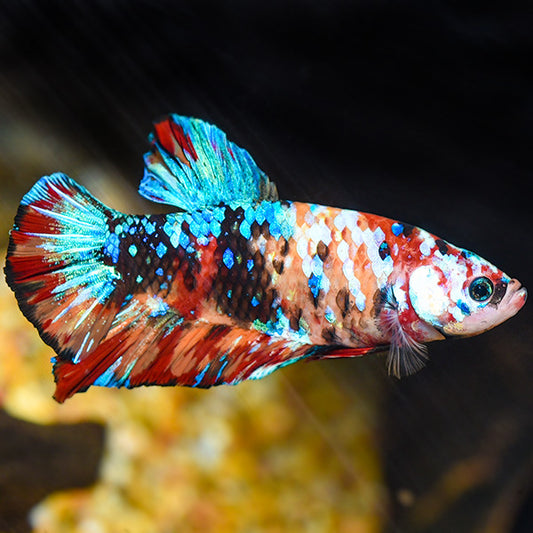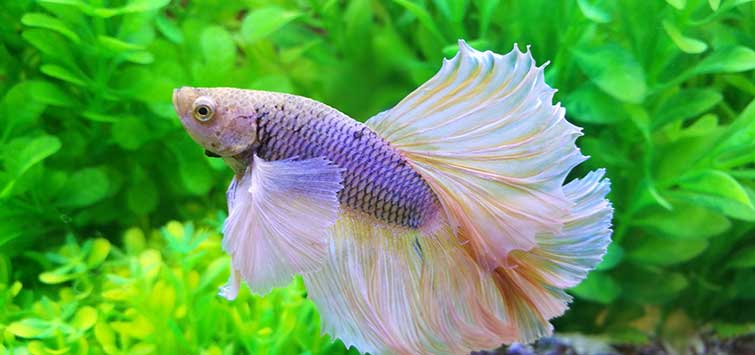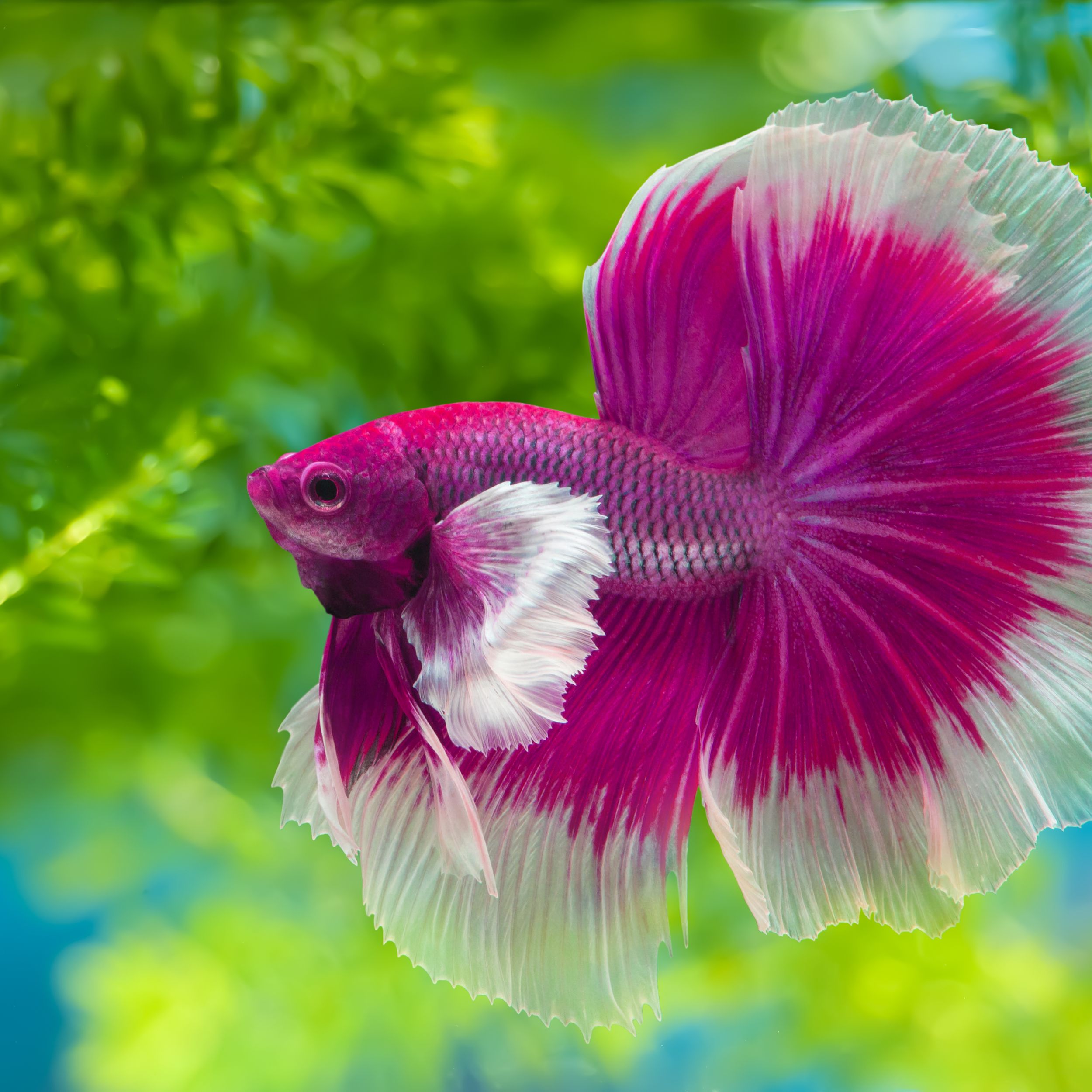Exactly how to Produce the Perfect Betta Fish Habitat in your home
Exactly how to Produce the Perfect Betta Fish Habitat in your home
Blog Article
Breeding Betta Fish: a Comprehensive Step-By-Step Guide to Effectively Raising Child Bettas From Eggs to Adulthood
Breeding Betta fish is a meticulous undertaking that requires careful planning and execution to guarantee the effective advancement of fry from eggs to mature fish. Selecting genetically diverse breeding sets with preferable characteristics is only the beginning; creating an optimum atmosphere and recognizing the complexities of the breeding process are just as critical. As the male Betta faithfully constructs a bubble nest and guards the precious eggs, the subsequent phases of treatment and transition demand attention to detail and expertise of finest practices. How does one browse the tough yet fulfilling path of nurturing these dynamic animals to the adult years?

Choosing Reproduction Pairs
When embarking on the trip of reproducing Betta fish, picking the best reproduction pairs is critical to achieving preferable characteristics and a healthy family tree - betta fish. The very first step in this process is to recognize the specific qualities you want to enhance or protect, such as color, fin type, and physique. It is important to choose genetically varied pairs to stay clear of inbreeding, which can result in health problems and undesirable characteristics
Assess prospective reproducing prospects thoroughly. A healthy and balanced male Betta needs to display dynamic colors, an active temperament, and well-formed fins, while the woman must also show vibrant coloration and a rounded stubborn belly, showing readiness for spawning. Observing the personality of both fish is important, as hostile or excessively timid people might not reproduce effectively.
Keeping records of the moms and dad fish's ancestry can help you track genetic qualities and prospective problems. Ultimately, spending time in the choice procedure will considerably enhance the probability of creating strong, vibrant spawn that meet your breeding objectives.

Preparing the Breeding Tank
Producing an optimum reproduction setting is a key step after choosing ideal sets for Betta fish. The breeding storage tank must be especially designed to supply comfort and boost the all-natural reproduction habits of the fish. Start with a tank size of at the very least 10 gallons to ensure appropriate space for both the male and women Bettas.
Keep a mild filtration system to keep the water clean while staying clear of solid currents that can worry the fish. Additionally, an air stone can be contributed to give oxygenation without interfering with the water surface area excessive.
Temperature guideline is vital; objective for a secure range of 78-82 ° F(25-28 ° C) utilizing a reliable heater. The pH level should be preserved in between 6.5 and 7.5, and regular water changes are necessary to ensure high water high quality.
Include floating plants or spawning mops to create concealing spots for the female, while additionally urging bubble nest building by the man - betta fish. Make sure the storage tank is complimentary from sharp decorations and any potential risks, as the well-being of the fish ought to constantly be focused on throughout this crucial phase of breeding.
The Breeding Process
Usually, the reproducing procedure for Betta fish entails a collection of distinctive and visible actions that show preparedness for recreation. The male Betta begins by building a bubble nest at the water's surface, which works as a website for the fed eggs. This nest is crucial, as it provides Related Site a safe atmosphere for the eggs up until they hatch.
When the nest is established, the man will certainly present courtship behaviors, such as flaring his fins and exhibiting vibrant shades to bring in the woman. The woman, upon sensing the male's readiness, will certainly react by showing vertical stripes along her body, signaling her receptiveness.
When the women strategies, the male involves in a mating dance, typically resulting in an embrace called the "spawning." Throughout this accept, the woman launches her eggs, which the male fertilizes right away. The fertilized eggs after that drop to the bubble nest, where the male carefully gathers and returns them to the nest. Following this, the male assumes duty for safeguarding the nest and guaranteeing the safety of the eggs up until they hatch, typically within 24-36 hours. This phase is vital in the reproducing process, laying the structure for successful fry development.
Caring for Betta Fry
Taking care of Betta fry requires mindful interest to their setting and nutrition to make certain healthy development and development. After hatching out, Betta fry are incredibly tiny and susceptible, demanding a stable and tidy environment. Maintaining a water temperature level in between 78 ° F and 80 ° F is critical, as Betta fry flourish in cozy problems. Additionally, ensure that the water is devoid of unsafe toxins; routine water adjustments of 10-20% are recommended to preserve ideal water top quality.
Feeding Betta fry is similarly vital. They ought to be provided infusoria or finely crushed top notch fry food, as their mouths are as well little to manage bigger fragments. As they expand, you can slowly present larger foods, such as infant brine shrimp or powdered flakes, to ensure they receive sufficient nutrition. Feed them percentages several times a day, being cautious not to overfeed, which can lead to water high quality problems.
Transitioning to Adult Bettas
As Betta fry mature, transitioning them to adult Bettas is an important stage that needs careful management of their setting and social communications. This process usually begins when the fry over at this website reach around six weeks old, at which factor they can be slowly introduced to an extra organized living atmosphere.
To promote this transition, it is essential to guarantee that the water parameters-- such as temperature level, pH, and ammonia levels-- are ideal and stable. Adult Betta fish grow in warm water (around 78-80 ° F) with a pH of 6.5 to 7.5. Gradually adapt the click fry to these conditions to lessen tension.
Social communications are one more vital aspect; male Bettas are notoriously territorial and hostile. For that reason, it is suggested to separate men right into specific storage tanks as they grow. Female Bettas can be housed together, yet care ought to be required to monitor for indications of aggressiveness.
Additionally, dietary adjustments ought to be made as the fry grow. Incorporate high-grade pellets and live foods to support their growth and health and wellness. By handling these factors successfully, you can advertise an effective transition to adulthood for your Betta fish.

Conclusion
Effective breeding of Betta fish requires cautious focus to information throughout the entire procedure, from selecting genetically varied pairs to giving ideal care for fry. In addition, a well balanced diet and gradual adjustment to grown-up atmospheres are crucial for the development and development of Betta fish.
Report this page